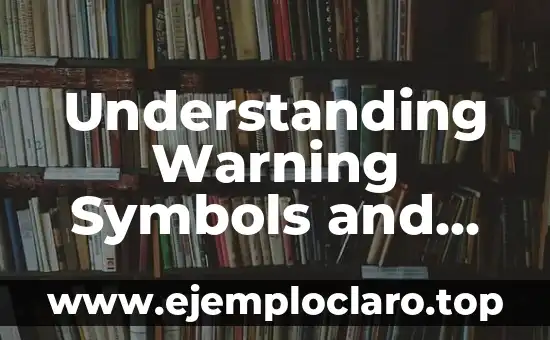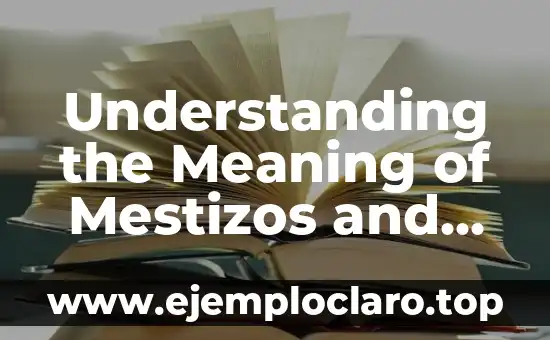Graffiti, a vibrant form of urban expression, uses symbols to convey messages that transcend words. These symbols, often overlooked, hold deep meanings that reflect the culture and struggles of their creators. This article delves into the significance of these symbols, exploring their origins, examples, and the stories they tell.
What Are Graffiti Symbols?
Graffiti symbols are visual elements used by artists to communicate messages quickly and effectively. They can range from simple shapes to complex designs, each carrying a specific meaning. These symbols often serve as a form of non-verbal communication, allowing artists to express emotions, beliefs, and social commentary without words.
Historically, graffiti has ancient roots, with examples found in Pompeii and Egyptian temples. These early symbols told stories of daily life and cultural practices, setting the stage for modern graffiti’s narrative power.
Urban Art and Its Evolution
Urban art, encompassing graffiti, has evolved from being a form of rebellion to a recognized art movement. Symbols in this context have transformed, reflecting the changing social and political landscapes. Early symbols often marked territory or signified group affiliation, while today they may address global issues like environmentalism or gender equality.
The evolution of these symbols mirrors societal changes, with modern artists using them to spark conversations and challenge norms.
Examples of Graffiti Symbols and Their Meanings
Common graffiti symbols include hearts, stars, skulls, and hands, each with distinct meanings:
- Hearts: Represent love and peace, often used in positive or social messages.
- Stars: Can signify hope or aspiration, sometimes used in political contexts.
- Skulls: Symbolize death or danger, often used to highlight social issues.
- Hands: May represent unity, peace, or control, depending on context.
These symbols are used in various combinations to create layered meanings, allowing artists to convey complex ideas through simple imagery.
The Power of Graffiti Symbols in Communication
Graffiti symbols wield significant power in communication, allowing artists to transcend language barriers. They serve as a universal language, capable of conveying strong emotions and ideas without words. This power is harnessed to address social issues, challenge authority, and inspire change.
For instance, during the Arab Spring, graffiti symbols played a crucial role in spreading messages of resistance and hope, demonstrating their impact on social movements.
Top Graffiti Symbols and Their Hidden Meanings
Exploring the top symbols used in graffiti reveals a rich tapestry of meanings:
- Peace Signs: Advocate for non-violence and anti-war movements.
- Anarchy Symbols: Represent resistance against authority and societal structures.
- Environmental Symbols: Highlight ecological concerns and sustainability.
- Cultural Icons: Reflect heritage or community identity.
These symbols are not just art; they are tools for social change, each with its own story and purpose.
Graffiti as a Reflection of Social Change
Graffiti serves as a mirror to society, reflecting current issues and cultural shifts. Symbols in graffiti often address topics like inequality, freedom, and justice, making them a powerful tool for social commentary.
By examining these symbols, we gain insight into the collective consciousness of a community, understanding its struggles and aspirations.
The Purpose of Graffiti Symbols
Graffiti symbols serve multiple purposes, from territorial marking to expressing political views. They allow artists to communicate quickly and effectively, making them a vital component of urban art.
For example, during the COVID-19 pandemic, graffiti symbols were used to promote safety measures and community solidarity, showcasing their adaptability and relevance.
Urban Hieroglyphs: Timeless Messages in Modern Art
Like ancient hieroglyphs, graffiti symbols are timeless, conveying messages that remain relevant across generations. They are a testament to the enduring power of visual communication, capturing the essence of their time while resonating with future audiences.
This timelessness ensures that graffiti remains a significant form of artistic expression, bridging past and present.
Graffiti Symbols and Cultural Identity
Cultural identity is deeply intertwined with graffiti symbols, which often reflect the heritage and values of a community. These symbols can celebrate traditions, challenge stereotypes, or express solidarity, playing a crucial role in shaping cultural narratives.
For instance, murals in Latin American neighborhoods frequently depict Aztec imagery, reconnecting communities with their indigenous roots.
Unraveling the Meaning of Graffiti Symbols
The term graffiti originates from the Italian word graffiare, meaning to scratch. Historically, graffiti has been used to leave marks on surfaces, evolving from simple tags to complex works of art. The meaning of these symbols is derived from their context, cultural background, and the intent of the artist.
Understanding these elements provides a deeper appreciation of graffiti’s role in urban landscapes.
The Origin of Graffiti: A Historical Perspective
The word graffiti has its roots in 16th-century Italy, referring to scratched inscriptions. However, the practice of graffiti dates back to ancient civilizations, with examples found in Roman ruins and Mayan temples. This historical context highlights graffiti’s enduring presence as a form of human expression.
From ancient times to modern streets, graffiti has been a persistent medium for communication and art.
The Appeal of Street Art Icons
Street art icons, such as stencils and murals, captivate audiences with their simplicity and impact. These visual elements are easily recognizable, making them effective in conveying messages quickly. Their appeal lies in their universality, allowing people from diverse backgrounds to connect with the art.
This universal appeal has contributed to the global popularity of street art, making it a significant cultural phenomenon.
How to Interpret Graffiti Symbols
Interpreting graffiti symbols requires considering context, cultural background, and the artist’s intent. While some symbols are universally understood, others may hold specific meanings within certain communities. Observing the surrounding environment and cultural context can provide clues to their significance.
This interpretive process makes engaging with graffiti a rewarding and enlightening experience.
Using Graffiti Symbols in Art and Activism
Graffiti symbols are versatile tools used in various forms of expression. Artists incorporate them into murals, while activists employ them in campaigns to draw attention to social issues. Their usage spans across different mediums, from street art to digital platforms, demonstrating their adaptability.
By understanding and utilizing these symbols, individuals can harness their power to communicate effectively and inspire change.
INDICE







